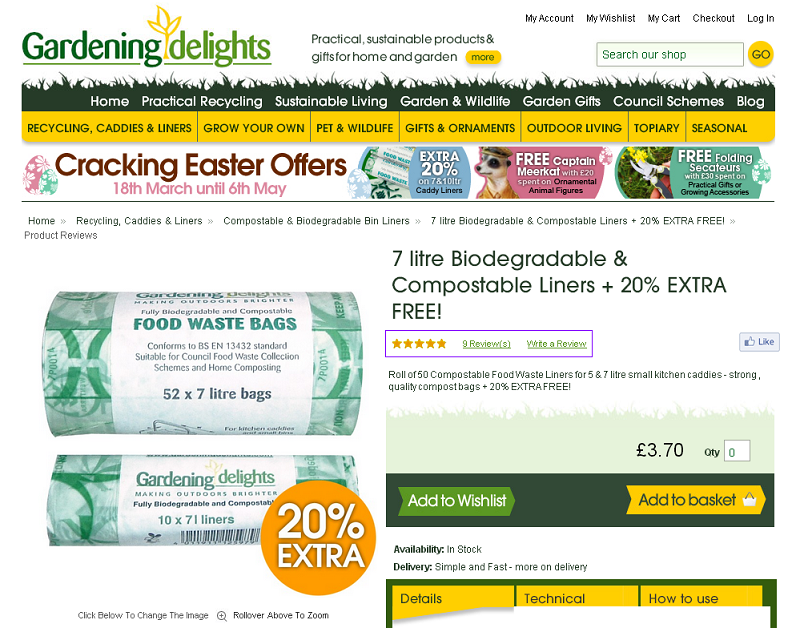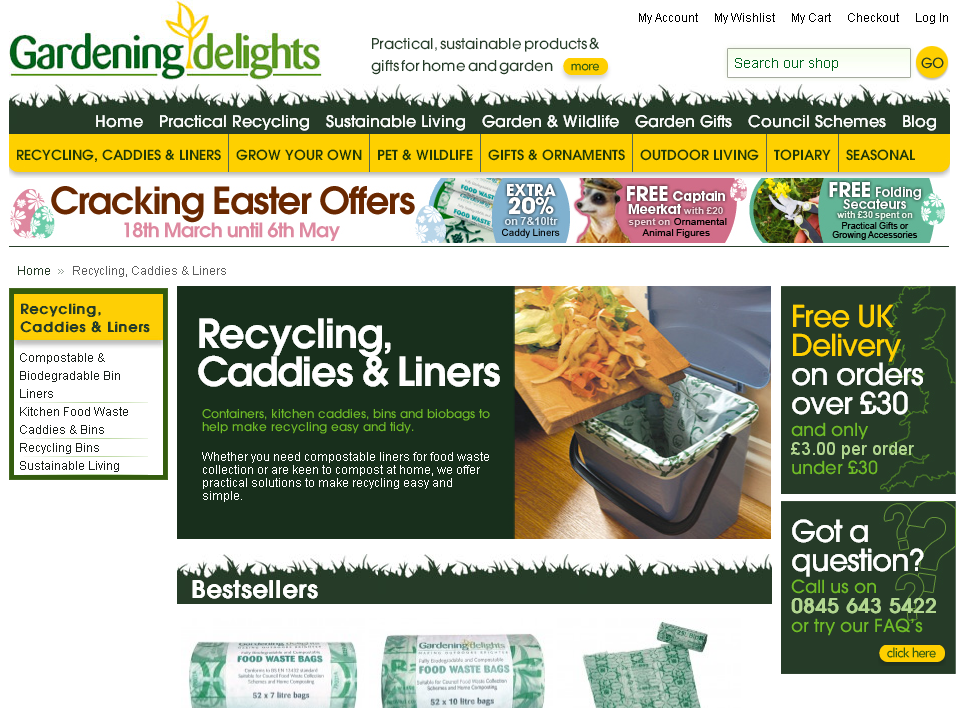

You know what it’s like yourself, you have an inbox full of emails and you have no intention of reading them all; you just scroll down looking at subject lines waiting for one to catch your eye. So what can you do to encourage people to open your email?
Subject Length
First off, most email clients are only able to display somewhere between 30 and 50 characters and mobile devices will show even less, about 20 to 30 characters. This means ideally you don’t want your subject line to be longer than 50 characters and if the majority of your opens come from mobile devices, it needs to be even shorter.
If the majority of your emails don’t come from mobile devices, then try and ensure your main keywords are within the first 30 characters so that your subject line interests anyone who does use a mobile device.
Create Urgency
It’s really important to try and create urgency and to make your recipients stop and want to open the email right away instead of telling themselves they’ll read it later and completely forgetting about.
For example if you are emailing your customers to tell them that there’s an offer ending soon make sure you get that urgency across by using the words ‘ends soon’, ‘ends today’, ‘ends tomorrow’ etc.
Another thing to bear in mind that using ‘Re:’ and ‘Fwd:’ at the beginning of your subject line to try and trick your recipients into believe a friend has forwarded the email onto them may well annoy them and leave them feeling tricked of scammed.
Clear Subject Lines
Be honest with your customers and make it obvious and clear what the email is about. If your subject line says one thing and your email is really about something else, they may feel tricked and won’t bother reading the rest of your email.
Make sure your subject line also contains keywords which will mean something to your customers. You should have a good idea of what kinds of keywords your customers use, but if not check your websites Google Analytics which will be able to show you what people are searching for to reach your website.
Words and things to avoid
There’s a lot of debate over whether a certain word or phrase in the subject line will get you caught in a spam filter, it’s more likely that your email will be marked as spam due to a number of things rather than mentioning a spammy word in your subject line.
However as best practice avoid the obvious spammy words such as; act now, extra cash, no obligation, money back guarantee, limited time, click now etc. If you do use a word which is associated with spam and you do get through spam filters, the recipient may well think your email is spam because the words ‘limited time’ to them sets alarm bells ringing.
As well as avoiding obvious spammy words;
- Don’t write your entire subject line in caps
- Avoid exclamation marks
- Avoid using different fonts
- Don’t put unnecessary g a p s between characters or use numbers and special characters in the place of letters
Test, test and test again
When coming up with a subject line write a list of all the possible subject lines and keep revising subject lines which sound good until they sound great.
A good way to improve your subject lines is to look at what emails you’ve opened recently because the subject line interested you; what was it that caught your attention and made you open the email? Also put yourself in the customer’s shoes; is this subject line something they would open?
Once you’ve got a list of a few great subject lines select three of the best and use these as a split test for your email campaign.
After you’ve done a few campaigns and looked at the results of your split tests, you’ll begin to get a good idea of what your customers like and what interests them the most and equally as important, what doesn’t interest them or get them opening your email.
Contact us
If you’re a business based in Burntwood, Cannock, Lichfield, Staffordshire or the West Midlands and need help creating opportunities to sell your products or services though email marketing, get in touch with us to find out how we can benefit your business.
You can get in touch with us by calling us on 01543 387 047 or email us at contact@themarketingpeople.com





















